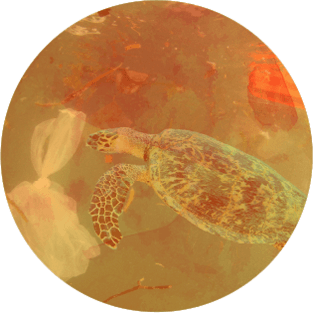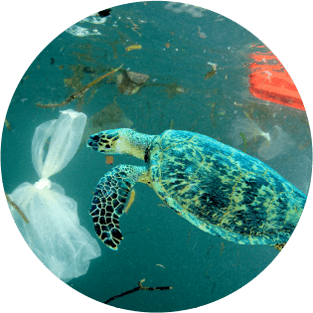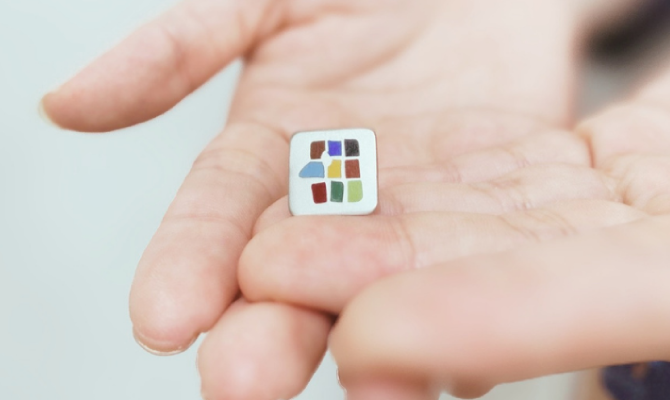







A black-and-white photo taken by American photojournalist W. Eugene Smith (1918-1978) in 1971 depicts a girl cradled in her mother's arms in a bathtub. The girl is Tomoko Kamimura (1956-1977), a victim of deadly fetal Minamata disease caused by mercury poisoning.
During pregnancy, the mother had unknowingly eaten fish tainted with methylmercury from industrial waste dumped into the sea, and the poison had been transferred to the unborn child. Tomoko's parents called their eldest daughter a "treasure child" because she had absorbed all the toxic substance that would have remained in her mother's body, and her younger brother and sisters did not suffer from the disease.
Tomoko's eyes that never knew light and her lips that knew no intelligible words are a strong reminder of what is truly precious to humanity.
One cannot find happiness in a society where the pursuit of material wealth and affluence is placed ahead of upholding the dignity of human lives.
For centuries, human lives and nature have been reduced to the means to achieve economic development and growth. AMITA's mission is to correct this wrong and design a sustainable future.
Over the past 45 years since its founding, AMITA has been striving to turn a vision of an ideal world into reality.
Nobody can predict the future.
That is why our efforts have not been without challenges.
In the process, however, we have learned many lessons and forged productive relationships with wide-ranging partners.
AMITA will never give up.
Only companies that create and offer novel value will thrive.
We will continue to build relationships with like-minded clients and partners and constantly change the way we do business. Together we will design and build a future we cherish.






